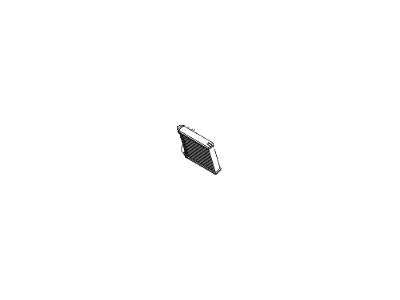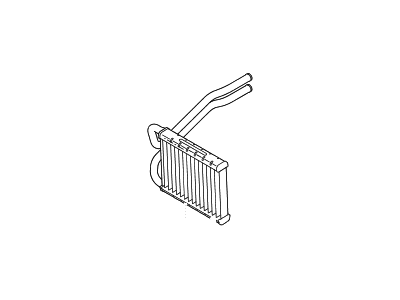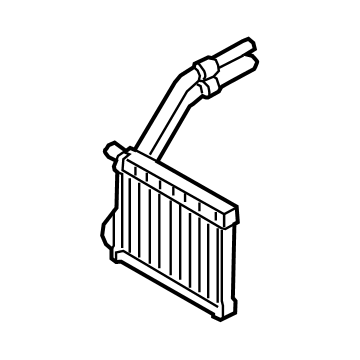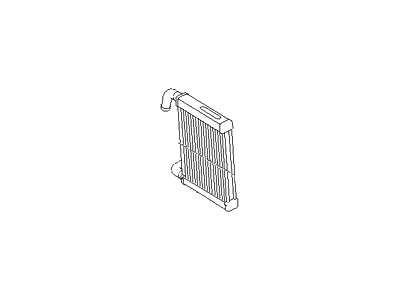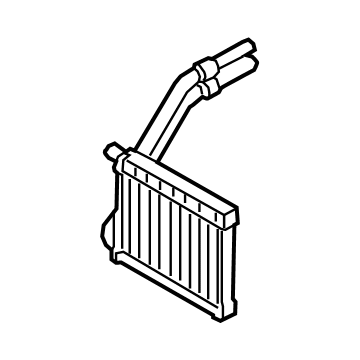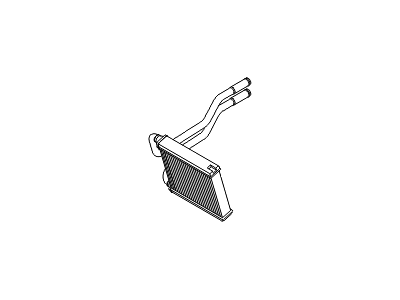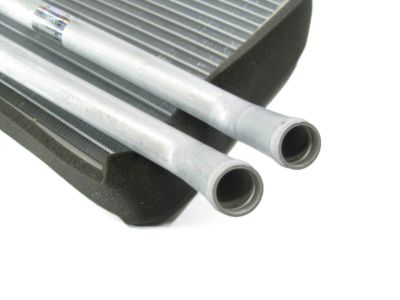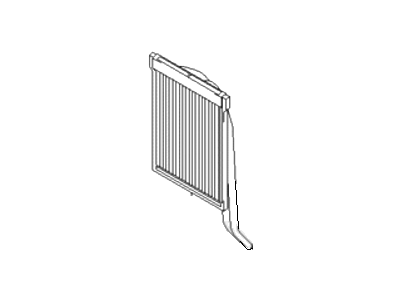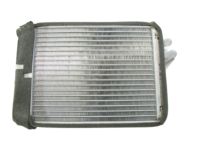×
- Hello
- Login or Register
- Quick Links
- Live Chat
- Track Order
- Parts Availability
- RMA
- Help Center
- Contact Us
- Shop for
- Hyundai Parts
- Hyundai Accessories


My Garage
My Account
Cart
Genuine Hyundai Santa Fe Heater Core
HVAC Heater Core- Select Vehicle by Model
- Select Vehicle by VIN
Select Vehicle by Model
orMake
Model
Year
Select Vehicle by VIN
For the most accurate results, select vehicle by your VIN (Vehicle Identification Number).
7 Heater Cores found
Hyundai Santa Fe Core & Seal Assembly-Heater
Part Number: 97138-2B000$304.20 MSRP: $427.39You Save: $123.19 (29%)Ships in 1-3 Business DaysHyundai Santa Fe Core & Seal Assembly-Heater
Part Number: 97138-2W000$242.38 MSRP: $340.53You Save: $98.15 (29%)Ships in 1-3 Business DaysHyundai Santa Fe Core & Seal Assembly-Heater
Part Number: 97138-S1000$194.01 MSRP: $272.58You Save: $78.57 (29%)Ships in 1-3 Business DaysHyundai Santa Fe Core Assembly-Heater
Part Number: 97926-B8000$300.09 MSRP: $421.61You Save: $121.52 (29%)Ships in 1-3 Business DaysHyundai Santa Fe Core & Seal Assembly-Heater
Part Number: 97138-P2000$240.86 MSRP: $338.40You Save: $97.54 (29%)Ships in 1-3 Business DaysHyundai Santa Fe Core & Seal Assembly-Heater
Part Number: 97138-2B005$304.20 MSRP: $427.39You Save: $123.19 (29%)Ships in 1-3 Business Days
Hyundai Santa Fe Heater Core
Hyundai Santa Fe Heater Core is a part that is responsible for adding heat to the car cabin by using heat produced by the engine. Looking like a miniature radiator, the core is cooled with a water and antifreeze solution; the hot liquid coolant coming from the engine. The temperature control can be more flexible and some models can have a highly developed electromechanical actuator. On the other hand in conditioned vehicles, the heater core also helps in dehumidification as it re heats cooler air. Consistent problems like blockage and dripping can develop, and because the core is situated beneath the dashboard, it that entails a great deal of effort to fix them. Apart from that, other heating methods can be used in air-cooled engines although they come with their dangers.
If you are looking for affordable high-quality OEM Hyundai Santa Fe Heater Core, then you have come to the prime place. Our website provides a large amount of genuine Hyundai Santa Fe Heater Core at unbeatable prices. All our parts come backed with the manufacturer's warranty.
Hyundai Santa Fe Heater Core Parts Questions & Experts Answers
- Q: How to remove the heater core on front-mounted and rear-mounted heating systems on Hyundai Santa Fe?A:The manufacturer recommends removing the entire instrument panel to remove the heater core on front-mounted systems. This involves disconnecting numerous electrical connectors and there is the potential for breakage of delicate plastic tabs on various components. This is a difficult job for the average home mechanic. Late models are equipped with rear heating and air conditioning. The rear heating/ventilation unit is mounted behind the right rear quarter trim panel. To begin, have the air conditioning system discharged and the refrigerant recovered by a qualified shop. Disconnect the cable from the negative terminal of the battery. Wait until the engine is completely cool, then drain the cooling system. For front-mounted heating systems, disconnect both air conditioner lines at the firewall and seal the openings to prevent contamination. Raise the vehicle and support it securely on jackstands. Disconnect the heater hoses at the firewall and plug the heater core tubes to prevent leakage. Remove the instrument panel and the cross cowl support tube. Disconnect the wiring from the heater unit and any air ducts that are attached directly to the unit. Remove all the fasteners from the heating/ventilation unit and carefully pull it rearward until the tubes are free of the firewall openings. Remove the screws and pull the heater core out of the heating/ventilation unit, making sure to catch any coolant that may drip. For rear-mounted heating systems, remove the right-rear quarter trim panel and the rear wheel guard. Remove the refrigerant line mounting bolts and separate the A/C lines from the rear heating/ventilation unit. Remove the heater hoses from the coolant pipes and separate the air ducts from the vehicle. Remove the mounting bolts and remove the heating/ventilation unit from the rear of the vehicle. Remove the Blower Motor and separate the rear heating/ventilation unit case halves to remove the heater core from the unit case. Finally, refill the cooling system, reconnect the battery, and run the engine to check for leaks and proper system operation.
Related Hyundai Santa Fe Parts
Browse by Year
2023 Heater Core 2022 Heater Core 2021 Heater Core 2020 Heater Core 2019 Heater Core 2018 Heater Core 2017 Heater Core 2016 Heater Core 2015 Heater Core 2014 Heater Core 2013 Heater Core 2012 Heater Core 2011 Heater Core 2010 Heater Core 2009 Heater Core 2008 Heater Core 2007 Heater Core 2006 Heater Core 2005 Heater Core 2004 Heater Core 2003 Heater Core 2002 Heater Core 2001 Heater Core 2000 Heater Core
